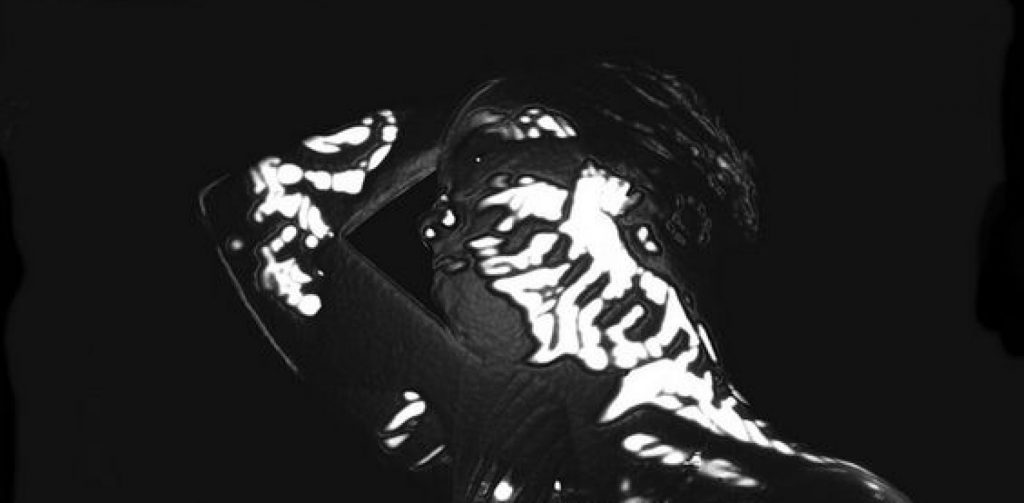I’m very excited to start this unit, as it is the project that I feel is most important for me. My work has been evolving recently and my ideas are as good as they’ve ever been, so a chance to showcase my work in a public exhibition is a huge opportunity that I don’t want to miss out on. Seeing as there will only be 8-10 proposals actually being included in the show, it is vital that I work quickly, efficiently and in a focused manner to make sure my installation is included.
I have started the process off by reading Adam Basanta’s article ‘Extending Musical Form Outwards in Space and Time: Compositional strategies in sound art and audio-visual installations’. I found this article hugely beneficial as it goes into depth about how work within a gallery space differs from a musical performance, but also how the fundamentals of a musical performance can be reinterpreted when working with and writing about an installation. I have included all my notes below, which contain quotes from the article, analysis and references.




























What stood out the most to me from the article was this idea of temporal form, which can be experienced differently depending on the structure of the installation. In a co-produced work, the experience cannot be temporal if the mobile visitor isn’t moving around, as the experience is then not happening over time as the physical human movement triggers changes in the otherwise static sound. This is based on the perception of the visitor as the variation in their position would change how the sound is received. On the other hand, a motivic development within the installation (which means the expansion or expression of a works core aspects) would mean the experience is temporal without the need for visitor movement as the sound is developing through spatial movement and changes in itself. The two approaches vary dramatically and would require totally different methods of building up an installation.
Both, however, are new approaches for me because I have never had the opportunity to produce work that can potentially be in collaboration with the audience. In both approaches, visitor movement, length of their stay, interaction and exploratory journey are all indeterminate and all affect how their individual experience will be. This is an important thing to keep in mind because I will have to think as if I was visiting an installation myself, and what things would keep me interested and inspired.
I’m happy I have learned more definitive terms used within installation practice because it will help me to distinguish aspects of my work and make explaining my ideas easier over the process of completing this project.
References :
Basanta, A. (2015). Extending Musical Form Outwards in Space and Time: Compositional strategies in sound art and audiovisual installations. Organised Sound, [online] 20(2), pp.171–181. Available at: https://www.cambridge.org/core/journals/organised-sound/article/extending-musical-form-outwards-in-space-and-time-compositional-strategies-in-sound-art-and-audiovisual-installations/BF3BB8F61FC032822EAA14F3CA1A4335 [Accessed 6 Jan. 2022].
